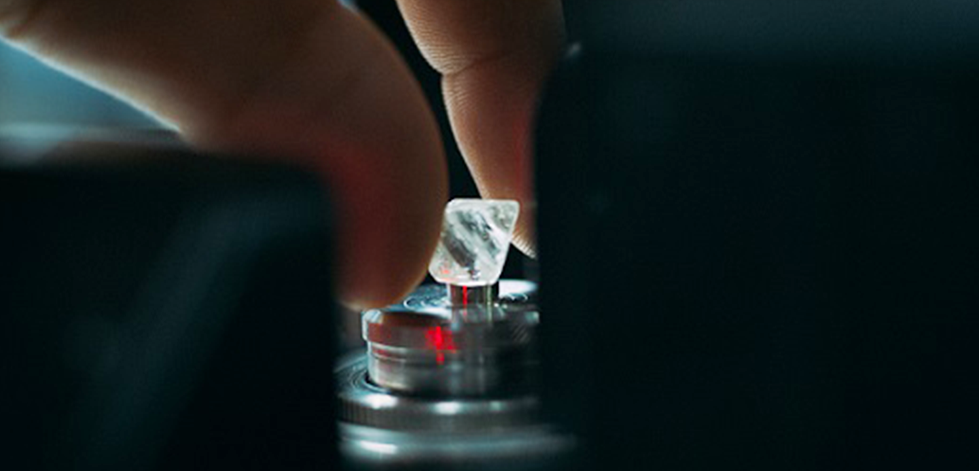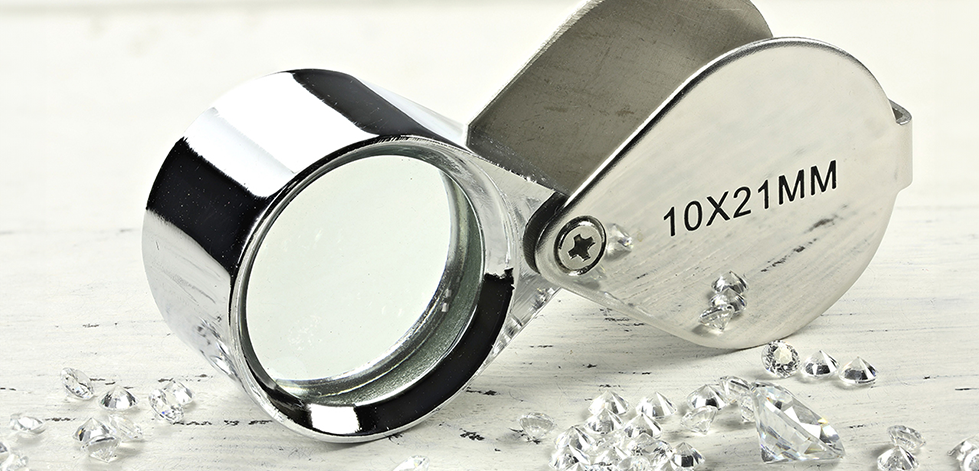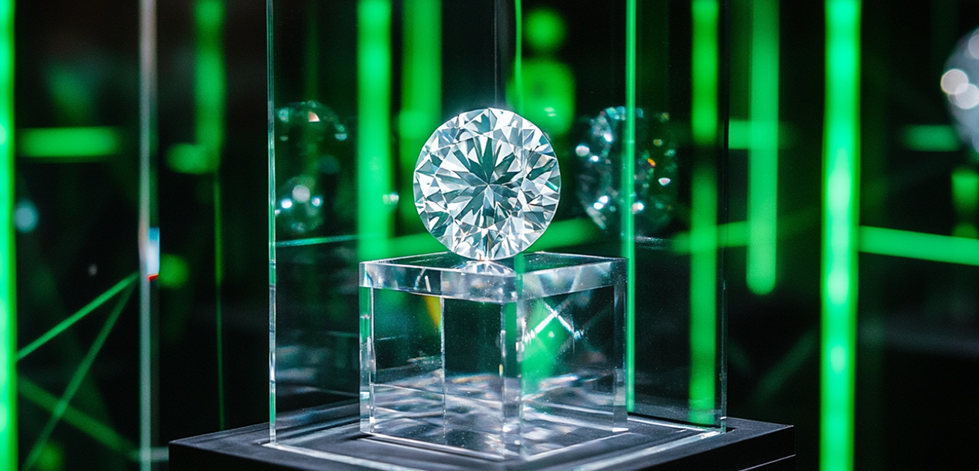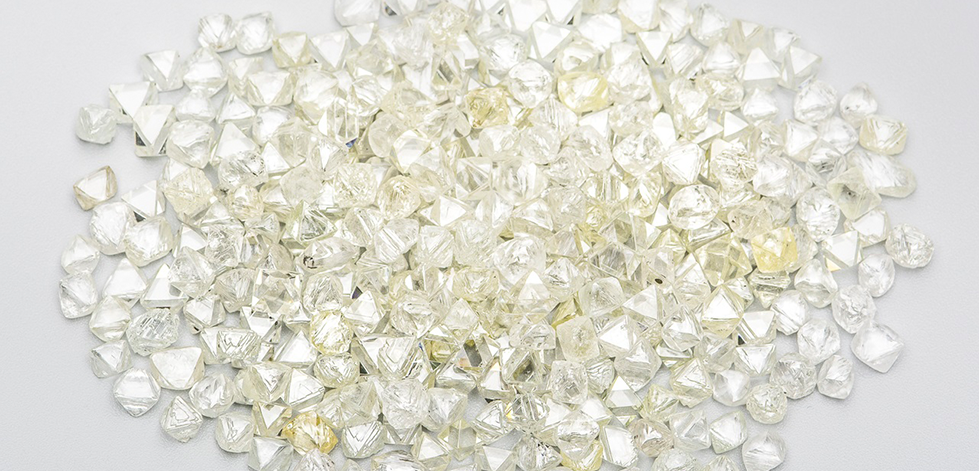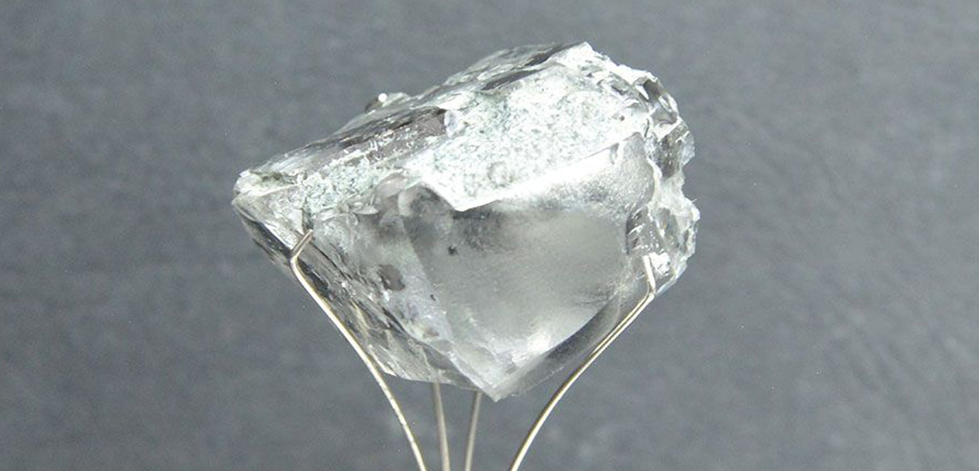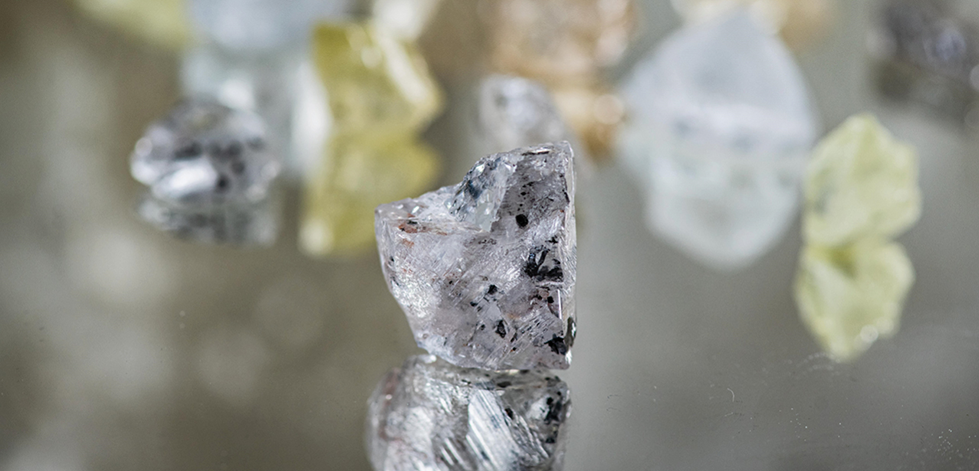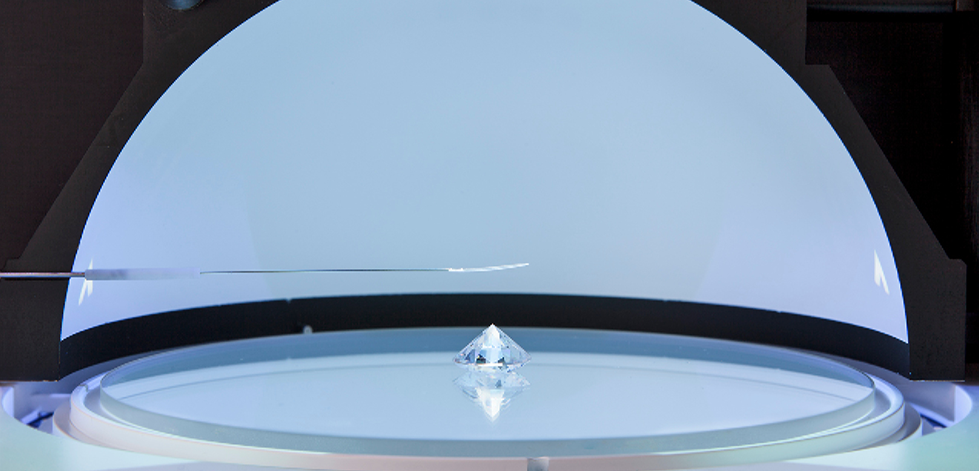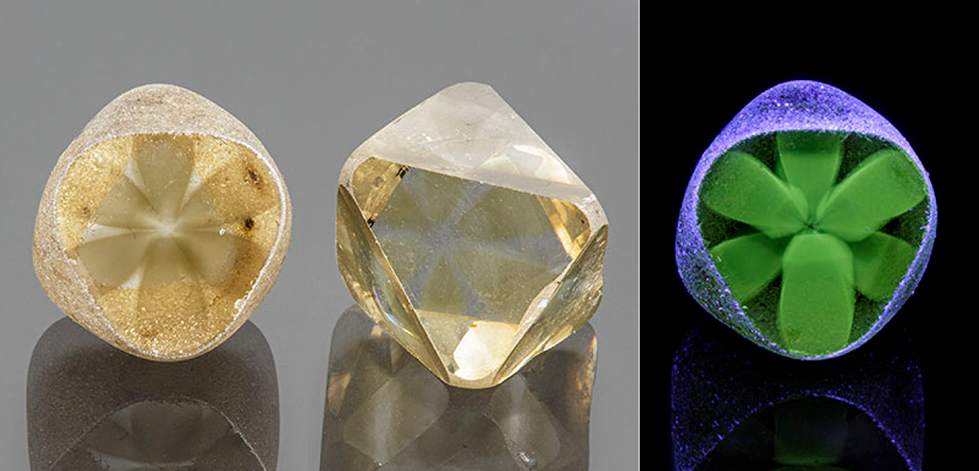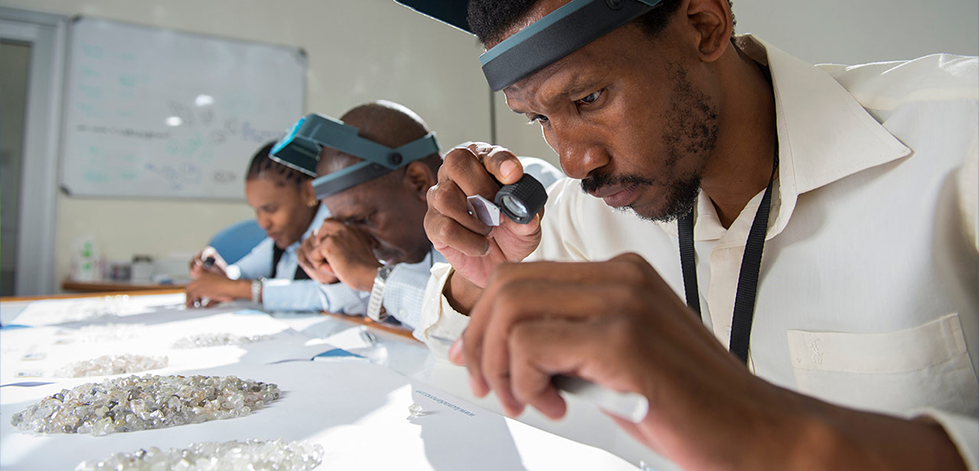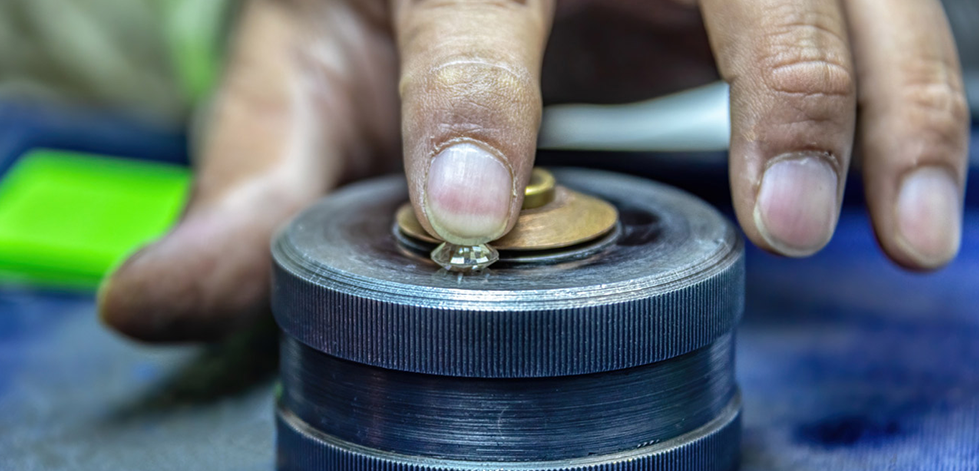Why Can’t De Beers and Botswana Reach a Deal?
Until December 2021, De Beers cited Covid-19 as the reason for repeated delays to its talks with Botswana over a new sales deal. The old agreement was supposed to expire at the end of 2020. De Beers and the government extended the existing arrangement for a year. With the pandemic’s logistical challenges remaining, they deferred it again for another six months.
The miner is no longer using the virus as an explanation. On June 29, De Beers announced yet another extension, this time through to June 2023. The company referred only to “positive progress” toward a new deal during the first half and said the one-year postponement would “enable the finalization of the ongoing discussions.”
The Covid-19 explanation was likely more than an excuse. Some aspects of the agreement can only be negotiated face-to-face, sources say. That was almost impossible while travel restrictions were in place.
Yet flights between the UK and Gaborone have been renewed.
“Obviously, now Covid-19 can’t be the reason,” a source said on condition of anonymity. “But it could be a reason that things got so delayed [and as a result they] need more time.”
Possible obstacles
Botswana owns 15% of De Beers, with mining conglomerate Anglo American holding the remaining 85%. Still, the government has great sway in the negotiations. De Beers needs Botswana’s rough and is focused on being a positive force for the local people. The previous, 10-year agreement saw the diamond giant transfer its entire rough-sales operation from London to Gaborone.
The industry is speculating about whether a major contractual issue is delaying the signing. But it could still be logistical factors that are slowing things. The negotiation teams are large and comprise busy people, one source pointed out. De Beers declined to comment, while the government did not respond to questions from Rapaport News.
“The problem is to get 12 people together,” a source said. “If you consider it’s [De Beers CEO] Bruce Cleaver, it’s the minister of this and the permanent secretary of that.... They try to schedule a meeting for next month, and then this one can’t come. There’s very little progress being made.”
Some suspect the parties are disagreeing on their future relationship. Botswana President Mokgweetsi Masisi reportedly told an audience in April that he wants a sales model similar to the arrangement between Lucara Diamond Corp. and HB Antwerp, in which the miner agrees to sell all goods above 10.8 carats to the Belgian manufacturer for a price determined by the final polished’s value. This would involve major changes to the way De Beers sells rough.
Another factor is the proportion of rough available for Botswana to sell, for example through Okavango Diamond Company (ODC). The government-owned trader currently has access to 15% of run-of-mine production from Debswana, a 50:50 joint venture between De Beers and the state. Market insiders expect this to increase.
While mining requires outside investment because of its cost, “there’s no rocket science in selling rough,” another source said. “They want to sell [diamonds] themselves also.…There are a lot of retailers also who are going direct with the miners in terms of rough flow, and, you know, [Botswana could] partner with them in this area.”
Local manufacturing
Botswana is eager to diversify beyond mining. De Beers’ latest sightholder contract, which went into effect in April 2021, called for more goods, especially larger stones, to remain in the southern African nation for manufacturing. Customers with factories in Botswana received better allocations of goods. The incentives have worked: The number of companies with cutting operations in the country has doubled in recent years to more than 30.
Market participants expect a greater proportion of goods — possibly even the smaller, lower-value ones — to be earmarked for local manufacturing under the new government deal. This raises questions about profitability, as the elevated costs in Botswana relative to India make the location difficult for anything other than the highest-value diamonds.
Impact on sightholders
The uncertainty about the new deal is not concerning sightholders at present. The main things on their minds are the lower rough supply and the weakening of consumer spending in the US, as well as the continued sluggishness in China.
De Beers held prices steady at the recent sight, which took place in Gaborone in July, clients said. Premiums on the secondary market — the profits sightholders can make by reselling De Beers goods — have slipped in recent weeks because of the wider market slowdown, they added.
However, the possibility of an amended deal with the government — which is almost certain to be a better deal for the people of Botswana — presents doubts for the trade. Will sightholders have to increase their costs to obtain rough? Will they have to get used to new ways of buying Botswana’s goods? Will ODC grow as a powerful player in the market?
At present, few have answers to these questions outside an inner circle of De Beers and government officials. But one thing that’s certain is that neither party expected these talks to drag on this long.
Image: A rough diamond under analysis at the premises of sightholder KGK in Botswana. (Ben Perry/Armoury Films/De Beers)


